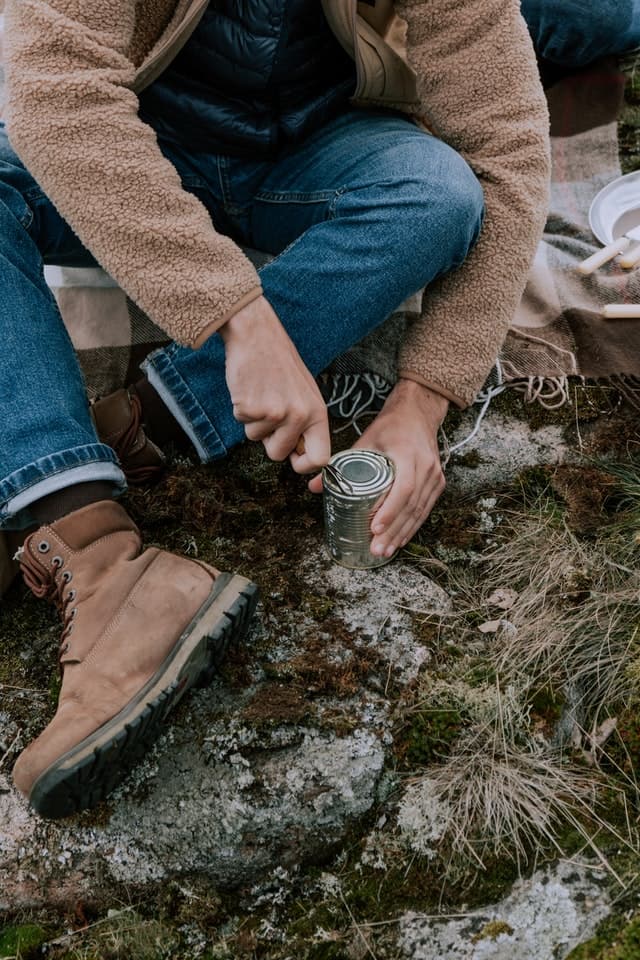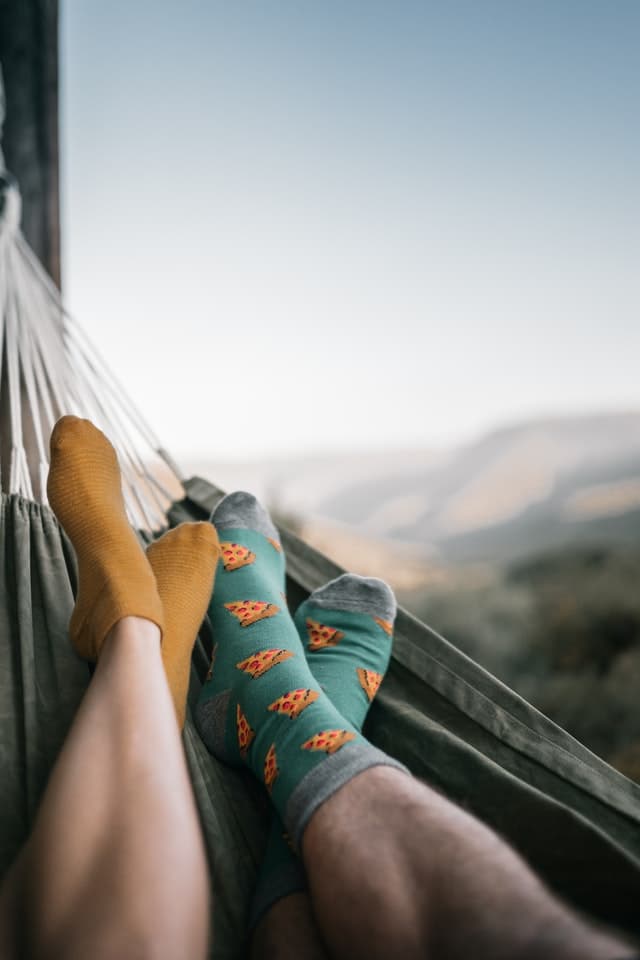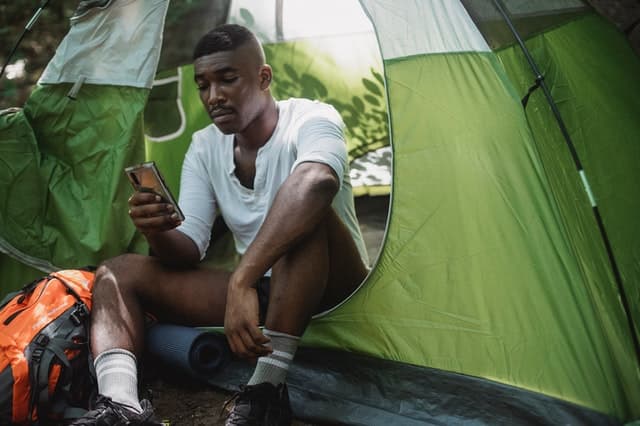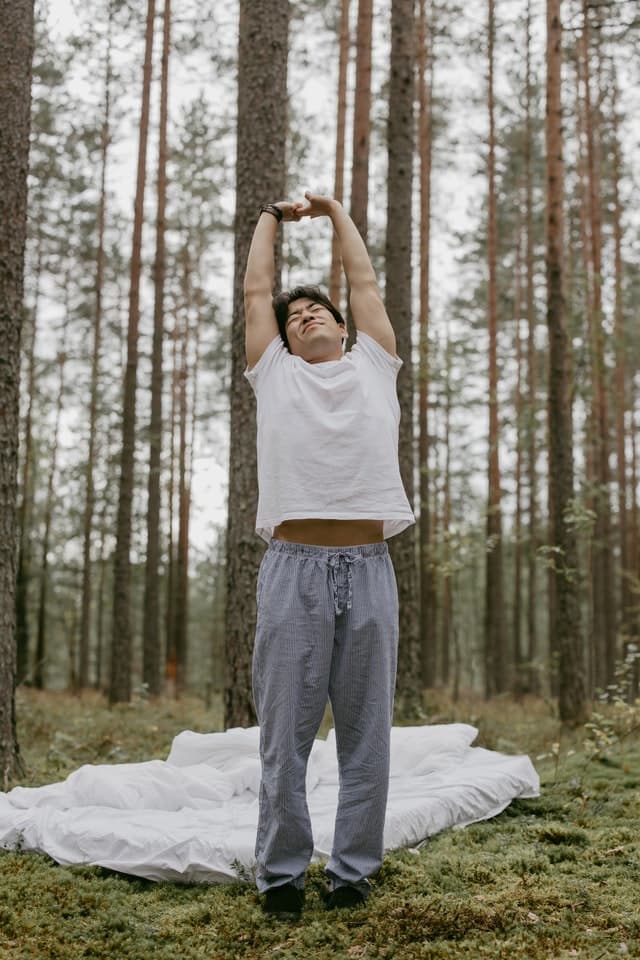Camping in the summer can be a great outdoor adventure. If you’re going to survive, though, you need to know what clothes and gear are necessary for your trip.
This blog post will help you prepare by providing information on how to dress properly for camping during the summer months – what clothing items are best suited for different occasions; what types of bugs and other pests may be encountered while camping; and which pieces of equipment should always come along with you when venturing outdoors in warm weather.
Packing appropriately for summer camping trips is a necessity to keep you cool, protected from bugs and other pests, and comfortable.
Before heading out on your next camping adventure in the summertime heat, it’s important to pack clothes that will allow for adequate cooling while giving maximum protection from the elements (both hot sun rays and bug bites). When picking clothing items for this type of trip, think layers.
A good way to get started would be by packing some long-sleeved shirts or blouses; t-shirts are also great because they’re light weight and provide ample coverage without being too warm when worn underneath another layer. And don’t forget about footwear! Pack plenty of comfy socks so you can wear those supportive hiking shoes
What To Wear Camping In the Summer
From the types of boots and sandals to your camping hats and caps, we’ve got you covered from head to toe. In this blog post, you’ll find information on what to wear camping in the summer.
Footwear

Even in the summer, you’ll most likely be sporting some boots when camping. Whether they’re waterproof or not, have a thick sole for protection against sharp rocks and other debris on the ground, or are made of breathable fabric to keep your feet cool – you’ll want boots that will protect your toes from thorns or briers.
Sandals provide additional coverage in some cases so if you don’t need something heavier like hiking boots, these may be right up your alley. When it comes to footwear while camping during the summer months, there’s no one-size-fits all situation; with this blog post as a guide though, we can help you make informed decisions about what type of shoes would best suit your needs.
Camping Socks

Make sure you choose the right types of socks. Camping in the summertime means you’ll be wearing your shoes more often than not, so make sure to choose socks that will keep your feet cool and dry.
Some people prefer wool because it keeps their feet warm even when wet; others find they feel best with a cotton blend or synthetic material sock for camping because they’re thin enough to wear without getting too hot yet still provide protection from moisture-wicking.
Wool tends to pill up but is less expensive on average and dries out faster than other fabrics while cotton can shrink after multiple washings and synthetic materials may fall apart quickly if overused. If you have allergies or sensitivities, check out allergen free options at most camping goods stores.
Pants and Shorts
The types of pants to wear in the summer will depend on the type of camping and where you’re going.
For an overnight trip, there are plenty of lightweight pants available for a comfortable night’s sleep that won’t weigh down your pack or make you too hot while wearing them.
River trips will often require cargo-style shorts with deep pockets to store gear without it floating away in the current so they can be worn as long as it stays cool enough during the day. Preparedness may also call for rain pants and waterproof boots if conditions look like they’re changing—especially when fishing from shorelines, rafting rapids, or canoeing through shallow water with unpredictable currents (many companies sell one piece swimsuits designed for this).
For pants, you can wear jeans or lightweight sweatpants. The most important thing to consider is the length of your pants—don’t wear anything that’s too short! You don’t want bugs crawling up under them while you’re camping in the summertime. Slacks are also an option if they’re made from a light material like cotton.
Clothing Recommendations: long pants made out of light material such as cotton; short sleeves or long sleeves depending on materials
Shirts and Jackets
Short-sleeves or long-sleeves both work in the warmer weather; it all depends on the type of materials your clothing is made of. Choose a shirt that is lightweight and loose-fitting, like a cotton t-shirt or button up shirt. For jackets, look for something lightweight but still durable to protect you from bugs and brush that might come in contact with your skin.

Heavy clothing will just cause you to sweat more! If it’s really hot outside, choose lighter colors so they’ll reflect the sun instead of absorbing it. The best thing about camping is being outdoors—so make sure the clothes you wear are comfortable!
Along with the type of shirts you wear, make sure to bring a jacket or hoodie. You never know when rain or wind might strike your campsite.
Sleepwear
When its time to turn the lights out and go to sleep, you’ll want to change out of your day clothes and into something a bit more comfortable and warm. Even in the summer, camping can get a bit chilly overnight.
Some campers may also want to bring an extra set of clothes for lounging out around camp after their day is done.

Insects and mosquitoes are a big problem for outdoor travelers in the summer at nights as well so make sure to pack plenty of bug spray (chemical or natural), long-sleeved shirts and pants if they’re not already included in your wardrobe.
Protect Yourself From Bugs and Other Pests
No one likes bugs crawling into their hair or biting them all over – that’s why it’s important to protect yourself from these pests while camping! In this section of our blog post, we explore which insects may be found during the warmer months and how best to keep them away. Always remember that your clothes are not enough; bug repellent is a must-have item for any outdoor excursion during warm weather.
If you’re heading to a place with a lot of mosquitos, you’ll want to wear clothes that cover arms, legs, and neck. Even so, don’t be surprised if they still bite you through your clothing.
Fully covered clothing is the best option for bugs, but make sure its a lightweight fabric so that you aren’t burning up underneath! We’ve also heard that darker colors can help repel insects, especially bees!
Camping Gear That Should Come Along With You Every Time
Whether you’re going there alone or with friends and family members, always make sure these items come along when venturing
More Things to Think About
DEET is the most effective, but there are also other types that you can use. The important thing is to pick one and apply it at least 30 minutes before you’ll be outside or camping so that it has time to work its way into your skin (and clothing).
You can keep from overheating by dressing in light, breathable clothing and drink lots of water. Avoid caffeinated drinks as they can increase your body’s temperature.
In addition to using bug spray with DEET or other insecticide, you should also consider sleeping under a bed net that has been treated for insects. This will keep the creepy crawlies away while you rest!
Stay hydrated – Drink plenty of fluids throughout the day because it is very easy to become dehydrated if you are sweating all day long outdoors! And don’t forget sunscreen too; not only does this help prevent sunburn but because we’re often wearing less clothing on our skin than usual out there who knows what
